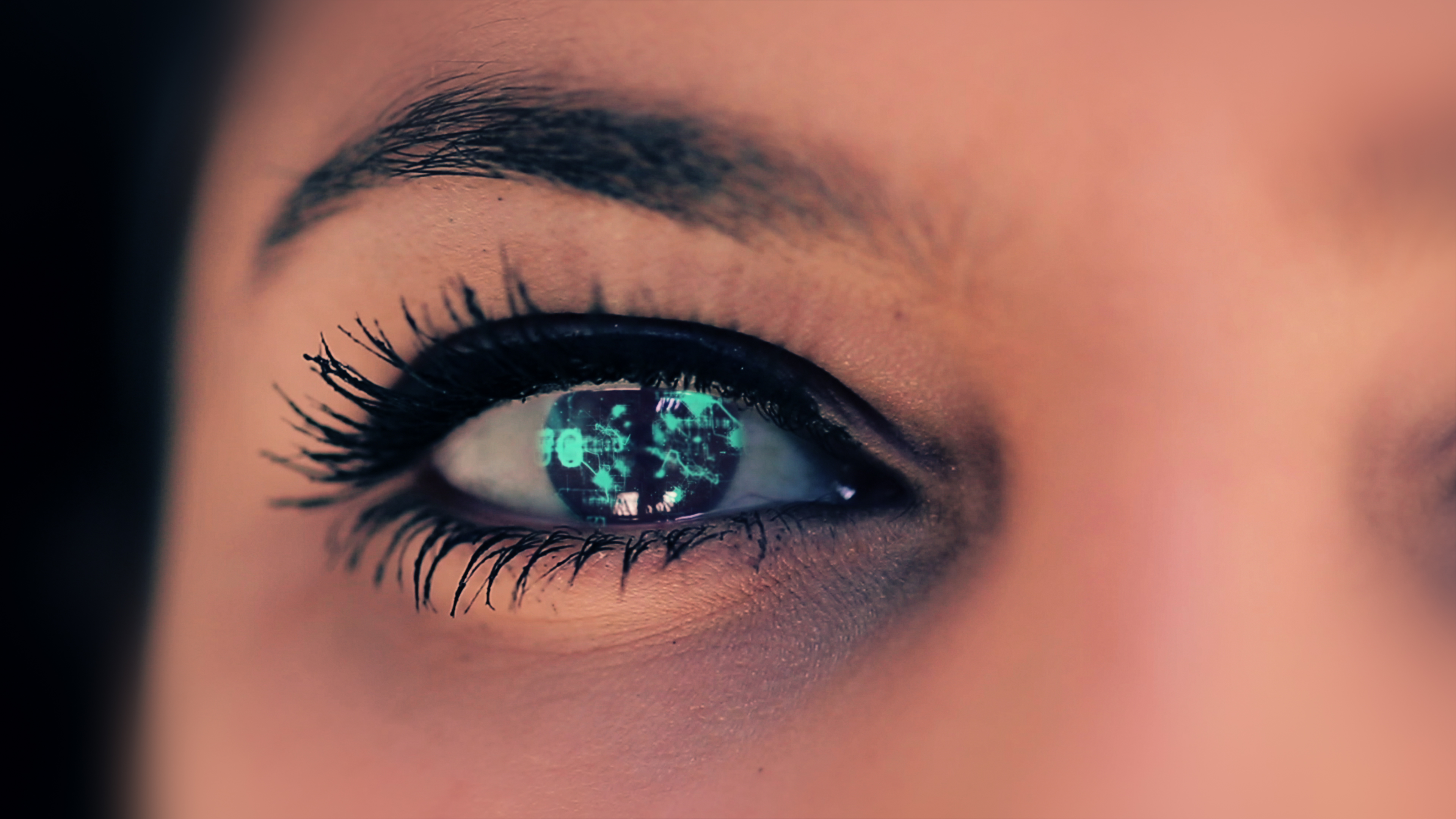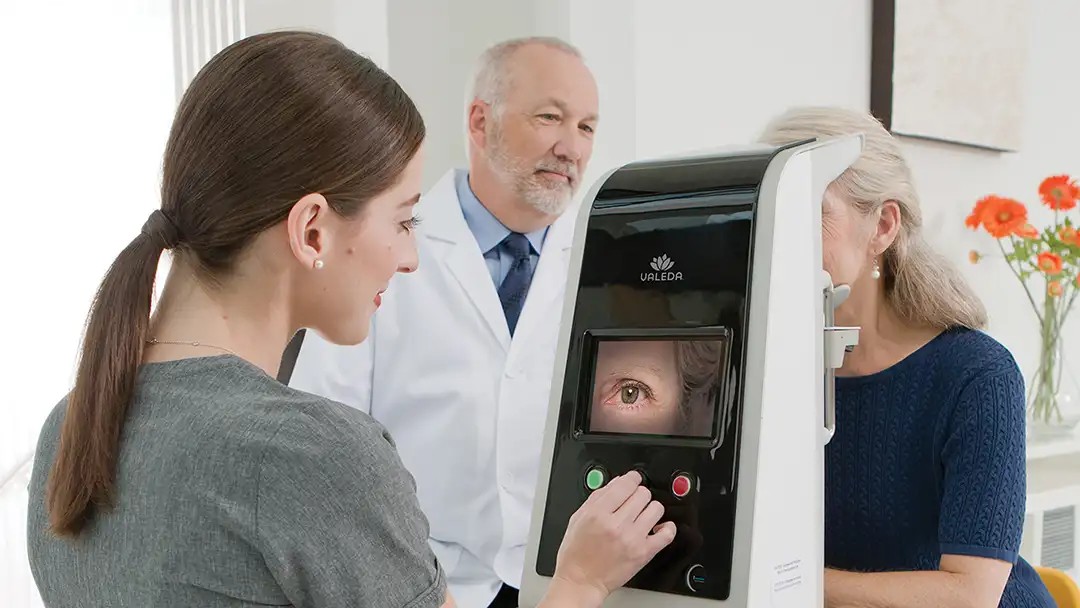
Sunglasses are important for the maintenance of eye health and, of course, are a fashion statement! These glasses can diminish the intensity of both visible and invisible light (which includes the potentially damaging ultraviolet light).
Factors To Consider When Choosing Sunglasses:
- UVA and UVB protection
- Lens color
- Tinting
- Polarization
- Transition, bifocal, and progressive lenses
- Sports protection
Visible Light
High-intensity visible light (such as staring directly at the sun) damages the retina, causing a disease called solar retinopathy. In laboratory mice, bright light, especially blue, causes retinal damage. Therefore, it is likely that repeated exposure to bright visible light is damaging to the retina and may be a risk factor for age-related macular degeneration (AMD) and other retinal diseases. A few studies suggest this, but it is difficult to prove as it is impossible to measure light exposure over a lifetime. The prudent step is to wear sunglasses when out in bright light.
Invisible Light (UVA and UVB)
Sunglasses can also block ultraviolet (UV) light that is invisible to humans. Two types of UV light can penetrate the atmosphere and reach the eye: UVB and UVA. UVB can reach the surface of the eye, the cornea and conjunctiva (a thin membrane that covers the white part of the eyeball and the inner surface of the eyelid), but does not penetrate further. It may contribute to the formation of pterygium, a skin-like growth over the cornea that may require surgical removal if it blocks vision. UVA can penetrate the cornea and reach the lens, where it is likely to contribute to cataract formation. Little UVA light can reach the retina, so it is less likely to contribute to AMD.
In order to protect against UV light, purchase sunglasses that block 99 to 100 percent of both UVA and UVB. Wrap-around sunglasses will help block light coming from any angle. A hat is also helpful in this regard.
Lens Color
Since blue light seems to be particularly harmful (it carries the most energy of all the visible wavelengths), choose a lens color that blocks a lot of blue. Amber or gray tint will work well. Do not choose lenses that transmit blue light. You can see what color light a lens will let through by holding the glasses up to a light and looking at the color of the light coming through the side that would face your eyes. Lenses may reflect blue light on the side of the lens facing away from your eyes and appear blue to an observer, but this is fine as long as they do not transmit the blue light. If you are unsure if a pair of sunglasses is providing maximum safety, your eye doctor or optician can help you.
For people having cataract surgery, most of the implanting lenses available now will block UV light (definitely recommended), and some are tinted yellow to block blue light (possibly helpful).
Tinting
Sunglass tinting can be done in various colors and intensities. Again, choose amber or gray. Gray is better for driving, as it may be more difficult to see traffic light colors with amber tinting. When purchasing custom sunglasses, for example, with a built-in prescription, you should request fairly strong tinting to block a lot of light. The only caveat is that you will need to take the glasses off immediately upon coming inside and maybe even outside on a cloudy day in order to see obstacles well rather than tripping over them.
Polarized Lenses
Polarization of lenses blocks the light waves that are oriented in a certain direction, reducing the total amount of light transmitted and reducing glare. Polarized lenses are especially useful for outdoor sports and driving. Glasses can be ordered that are both polarized and tinted for use in especially bright situations such as during boating, at the beach, or a sunny day with snow on the ground reflecting the light.
Transition, Bifocal, and Progressive Lenses
Transition lenses are very good for times when you’re not carrying your sunglasses and need to go outside. They are clear when you are inside but become darker when exposed to UV light outside. However, they don’t usually get as dark as standard sunglasses. Also, it can take several minutes for them to become clear again after you come back inside. They don’t become dark in a car since the windshield blocks the ultraviolet light, so you will need a separate pair of sunglasses for driving.
For those wonderful moments when you are reading on the beach, you can wear bifocal or progressive lens sunglasses. Bifocal sunglasses are available in some drugstores or can be custom-made at optical shops.
Sports Protection
Polycarbonate lenses are made of very strong plastic that is unlikely to break on impact and can offer good protection for sports. Sunglasses with snug-fitting earpieces are also helpful when engaging in athletic activities.
Video: Sunglasses
About BrightFocus Foundation
BrightFocus Foundation is a premier global nonprofit funder of research to defeat Alzheimer’s, macular degeneration, and glaucoma. Since its inception more than 50 years ago, BrightFocus and its flagship research programs—Alzheimer’s Disease Research, Macular Degeneration Research, and National Glaucoma Research—has awarded more than $300 million in research grants to scientists around the world, catalyzing thousands of scientific breakthroughs, life-enhancing treatments, and diagnostic tools. We also share the latest research findings, expert information, and resources to empower the millions impacted by these devastating diseases. Learn more at brightfocus.org.
Disclaimer: The information provided here is a public service of BrightFocus Foundation and is not intended to constitute medical advice. Please consult your physician for personalized medical, dietary, and/or exercise advice. Any medications or supplements should only be taken under medical supervision. BrightFocus Foundation does not endorse any medical products or therapies.
- Lifestyle









